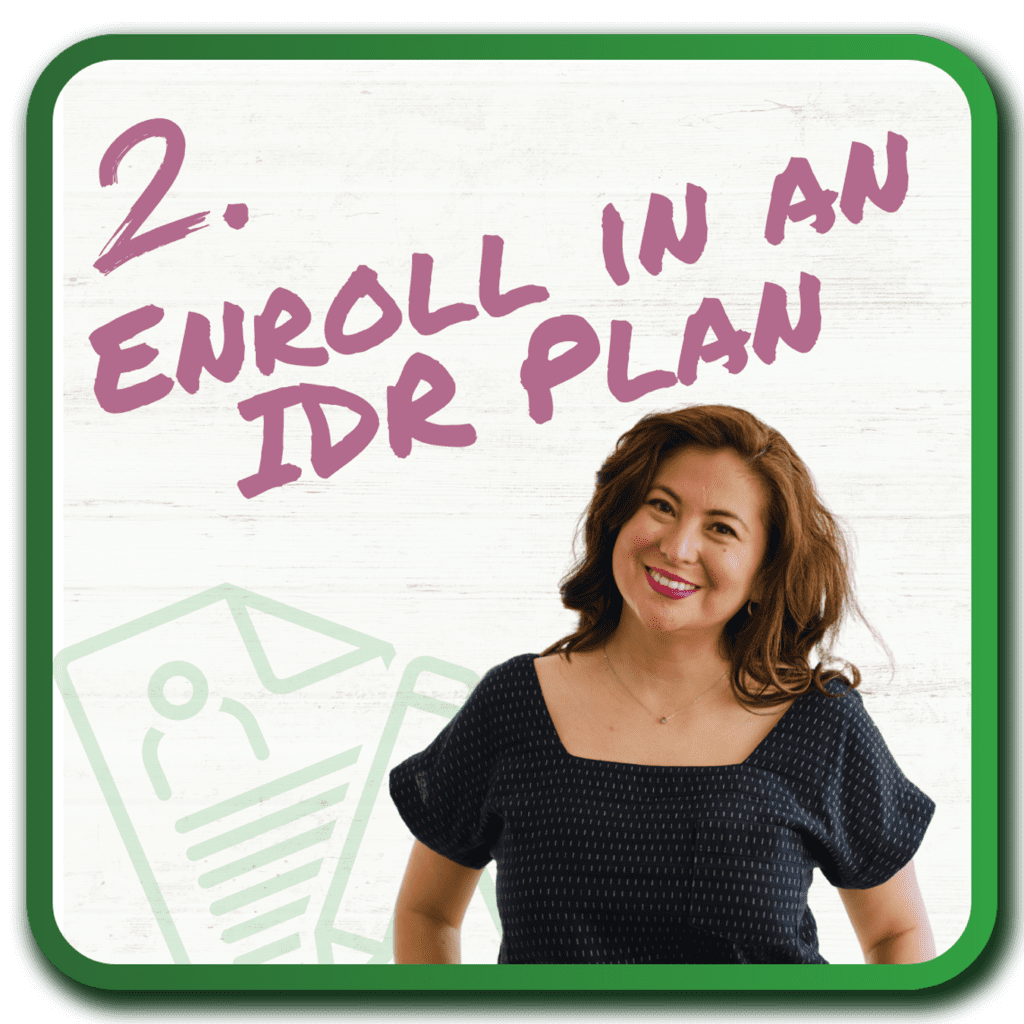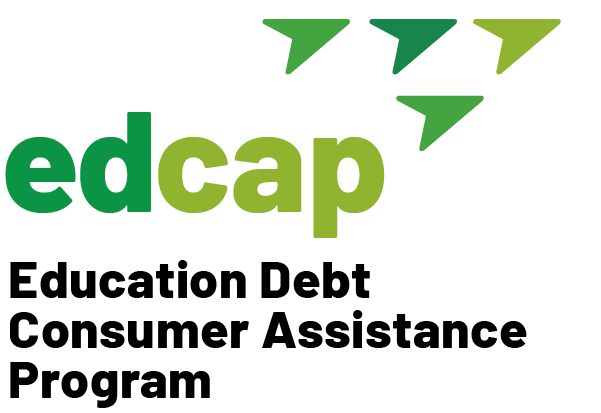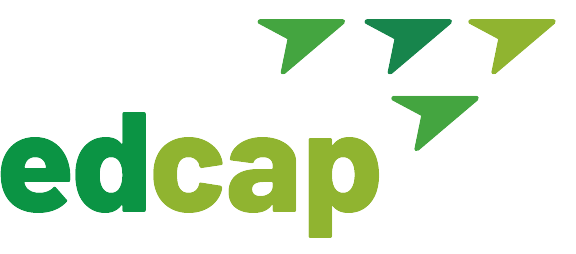
What is the IDR Account Adjustment?
The Income Driven Repayment (IDR) Account Adjustment (aka the One-Time Payment Count Adjustment) is a temporary initiative that will significantly benefit borrowers seeking Income Driven Repayment Forgiveness (IDRF) and Public Service Loan Forgiveness (PSLF). These adjustments aim to bring thousands of borrowers closer to loan forgiveness by providing more opportunities to earn qualifying payment credits.
Attend a live webinar for expert guidance and get your questions answered in real-time!
3 simple steps to get student loan forgiveness:

Consolidate (via studentaid.gov) by June 30, 2024 if you have non-direct loans or multiple direct loans with different payment histories.
Find out if you need to consolidate and how to do it!

Enroll in an IDR Plan, like the new SAVE Plan. You will enroll as part of the consolidation process or can enroll at any time if you’re not consolidating.*
Compare repayment plans.
Calculate monthly payments.

Track your progress. Learn more.
*For those who consolidate, you will enroll in a repayment plan as part of the consolidation process. DO NOT enroll in a repayment plan for a second time after the consolidation, unless you want to change your repayment plan.
Top five things you should know from student loan experts.
1. Everyone with federal student loans qualifies for forgiveness.
All Income Driven Repayment plans have a forgiveness component. All you need to do is repay your loans under and IDR plan to get forgiveness. General forgiveness timelines are below. Get more detailed SAVE Plan forgiveness timelines here.
- SAVE: 10-25 years
- PAYE: 20 years
- IBR: 20-25 years
- ICR: 25 years
2. You can consolidate previously consolidated loans.
If you have FFEL consolidated loans, you MUST consolidate by June 30, 2024, to benefit from the IDR Account adjustment. If you have multiple loans, including consolidated and unconsolidated, you can consolidate again without losing any retroactive credit. Your loans will in fact get the highest payment count towards forgiveness of any underlying loan.
3. Enrolling in an Income Driven Repayment plan will ensure you continue to accumulate credit towards forgiveness.
If you have not reached the required months to receive forgiveness, you must enroll in an IDR plan to continue getting credit. You can technically enroll in an IDR plan at any time, but the sooner you do the better. After June 30, 2024, you will only get credit for every month you are enrolled in an IDR plan.
4. Parent Plus loans are complicated. Get help before consolidating.
Parent Plus loans have different rules. You should get help before consolidating. Learn more.
5. Track your progress.
You can track progress towards PSLF on your studentaid.gov or MOHELA accounts. Soon you should be able to track progress towards IDRF on your studentaid.gov account, as well. The short video to the right will show you how to do it through your studentaid.gov account.
This other video provides guidance on tracking your PSLF progress through MOHELA.
See More Detailed Guidance & FAQs
Get Expert Student Loan Guidance for Free!
Want personalized help with your student loans? EDCAP provides all New York State residents with free, unbiased, one-one-one counseling. Learn more.




